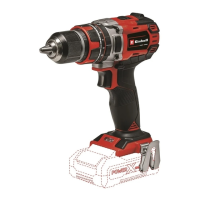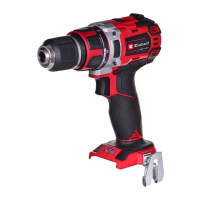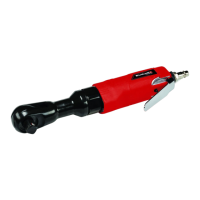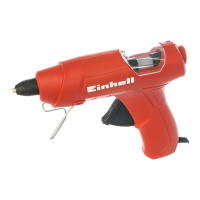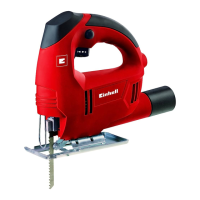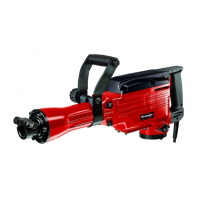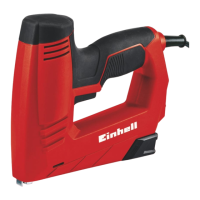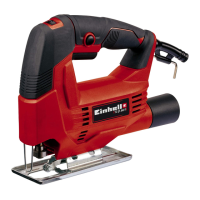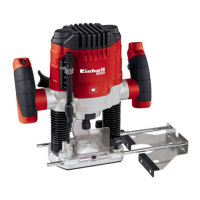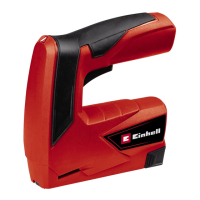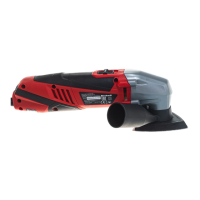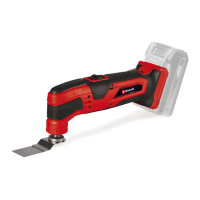GB
- 5 -
Danger!
When using the equipment, a few safety pre-
cautions must be observed to avoid injuries and
damage. Please read the complete operating
instructions and safety regulations with due care.
Keep this manual in a safe place, so that the in-
formation is available at all times. If you give the
equipment to any other person, hand over these
operating instructions and safety regulations as
well. We cannot accept any liability for damage
or accidents which arise due to a failure to follow
these instructions and the safety instructions.
1. Safety regulations
Danger!
Read all safety regulations and instructions.
Any errors made in following the safety regula-
tions and instructions may result in an electric
shock, fi re and/or serious injury.
Keep all safety regulations and instructions
in a safe place for future use.
Protect yourself and your environment from risks
and accidents by taking the appropriate precauti-
onary measures.
Residual risks
Even if you use the equipment in accordance with
the instructions, certain residual risks cannot be
eliminated. The following hazards may arise in
connection with the equipment‘s construction and
layout:
1. Risk of pinching
2. Risk of injury from staples.
General safety information for air tools
1. Workplace safety
a) Keep your work area clean and well lit.
Untidy or unlit work areas can result in acci-
dents.
b) Do not use this air tool in an area where
there is a risk of explosion and where the-
re are infl ammable liquids, gases or dust.
Air tools generate sparks that can ignite dust
or vapors.
c) Keep children and other people away
from the air tool while you are using it. If
you are distracted you may lose control of the
tool.
d) Slipping, stumbling and falling are the
main reasons for injuries at the work-
place. Beware of slippery surfaces which
result from using the equipment and also be-
ware of tripping over the air hose.
2. Safety of persons
a) Be careful, watch what you are doing
and use an air tool sensibly. Never use a
power tool if you are tired or under the
infl uence of drugs, alcohol or medication.
One moment of inattention when using the air
tool can result in serious injuries.
b) Wear personal safety equipment and
always wear safety goggles. Wearing per-
sonal safety equipment such as dust masks,
non-slip safety shoes, a helmet or earmuff s,
depending on the type and application of the
air tool, reduces the risk of injury.
c) Make sure that the tool cannot start up
accidentally. Ensure that the air tool is
switched off before you connect it to the
compressed-air supply, pick it up or carry
it. If you have your fi nger on the switch while
carrying the air tool or if you connect the tool
to the compressed-air supply while it is swit-
ched on, this may cause accidents.
d) Remove all adjusting tools or wrenches
before you switch on the air tool. Any tool
or wrench in a rotating part of the tool could
cause injuries.
e) Avoid abnormal working postures. Make
sure you stand squarely and keep your
balance at all times. This will enable you to
control the air tool better in unexpected situa-
tions.
f) Wear suitable clothes. Never wear loose-
fi tting clothes or jewelry. Keep hair,
clothing and gloves away from moving
parts. Loose clothing, jewelry or long hair can
be caught by moving parts.
g) If you can fi t dust extraction devices and
dust collection devices to the tool, ensure
that they are correctly connected and
properly used. The use of a dust extractor
can reduce the dangers posed by dust.
h) Do not touch electric cables! The air tool is
not insulated against contact with an electric
cable.
i) Use only compressed air as a power source.
It is prohibited to use oxygen or other gases.
j) Do not process any harmful substances.
k) Use only compressed-air hoses which are
suitable for the purpose. Be sure to use an
acceptable hose diameter and the permissib-
Anl_TC_PN_50_GB_Korea.indb 5Anl_TC_PN_50_GB_Korea.indb 5 21.12.2022 10:55:5121.12.2022 10:55:51
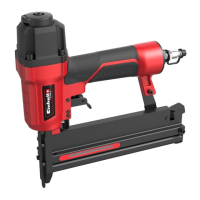
